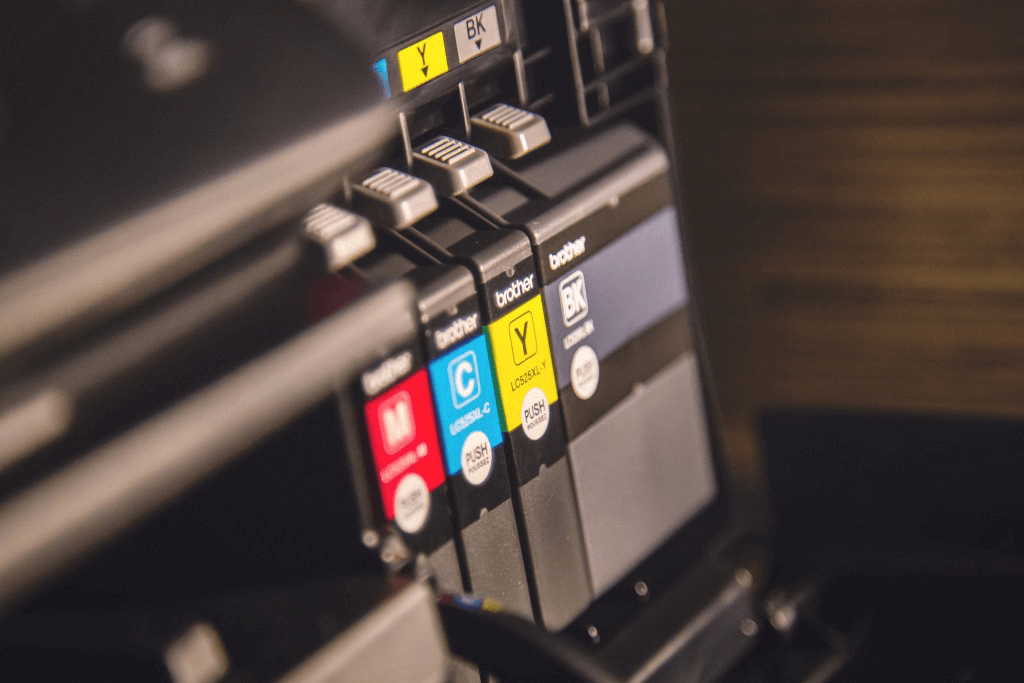
The recent guidelines released by the Philippine Department of Labor and Employment (DOLE) on ventilation for workplaces and public transport to prevent and control the spread of COVID-19 is long overdue, especially as neighboring countries in Southeast Asia such Hong Kong, Korea, Malaysia, and Singapore have already formulated their own IAQ standards on top of those established by ASHRAE and the World Health Organization. The directive which outlines comprehensive ventilation measures for all commercial and industrial establishments highlights a key parameter that is normally overlooked but highly critical: monitoring carbon dioxide (CO2).
What You Need to Know about CO2
There is a general lack of awareness when it comes to carbon dioxide – a seemingly harmless substance – and the issues it can pose not just for workers but also customers.
Some important things to know about CO2:
- CO2 is primarily produced through air exhaled by people. Humans breathe out between 35,000-50,000 ppm of CO2 on average.
- In ambient air, CO2 can be naturally diluted. But this is not the case in typical built environments such as the office, restaurant, or gym where CO2 levels can increase to dangerous levels.
- Carbon dioxide levels can be influenced by a number of things aside from occupancy density such as the nature and level of activity. The speed at which it can change is dependent on factors such as ventilation and air exchange rate in the room which is why it is one of the most important parameters of indoor air quality.
- Because CO2 is heavier and denser than air, it displaces oxygen which explains symptoms of dizziness, headaches, lethargy and even loss of consciousness experienced by those who are exposed to high levels
- Carbon dioxide also affects cognitive performance. Numerous studies have shown that high CO2 levels lead to lower productivity, impaired decision-making and loss of concentration.
- CO2 is colorless and odorless which makes it hard to detect until its concentration has exceeded safety levels and workers are already showing signs of exposure. This is what makes it dangerous.
- The only way to identify levels of carbon dioxide in built environments is by using a device that can accurately monitor it.
What You Need to Know About CO2 Monitoring
Indoor air quality factors like CO2 can be measured and controlled with calibrated monitors. Indoor air quality monitoring devices with a dedicated carbon dioxide sensor can help assess occupants’ breathing zones translating to helpful information that can alert and help address issues arising from increased CO2 levels.
More importantly, monitoring CO2 levels can lower the threat of coronavirus transmission, as studies have demonstrated the correlation of the spread of the airborne virus and high concentrations of CO2. By managing the level of air exchange and diluting accumulated carbon dioxide in the air, survival and transmission of the virus can be reduced.
While workplace IAQ guidelines such as the DOLE directive prescribe standard threshold levels, it is important to note that carbon dioxide level targets should be set with a consideration for the environment and the activities being done. Certain activities identified in recent studies may affect the risk of virus survival and transmission in the air such as loud singing, talking extensively and shouting. Continuous monitoring and measurement of CO2 levels can help to understand the level of risk; when integrated as part of a building’s ventilation system, it can help manage and control demand ventilation.
CO2 monitoring devices need to be dependable and easy to manage. uHoo can provide you reliable real-time data not only for CO2 but for all the other important things in your air so you can be alerted and take prompt action on the issues. It can also do the following to help you take control:
- Measure and monitor important air quality parameters such as temperature, humidity, air pressure, PM2.5, TVOC, and more so you can create a healthier and safer workplace
- Allow for large-scale, multi-site monitoring of buildings and spaces on a centralized dashboard so you can view the air quality in your different offices and spaces in your app or your account
- Provide a real-time risk assessment of virus survival and transmission in the air with the uHoo Virus Index
- Easily integrates with building heating, ventilation and air cooling systems to manage your IAQ
The new DOLE IAQ standards for the workplace is indeed a step in the right direction to improve the health and well-being of workers. The goal should not be simply to comply with such government-mandated directives but to focus on creating buildings and workplaces that will increase worker productivity and well-being – a strategy that can very well see businesses prevail through the challenges of this pandemic.







